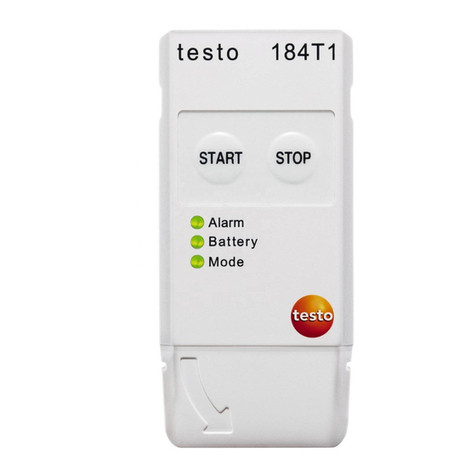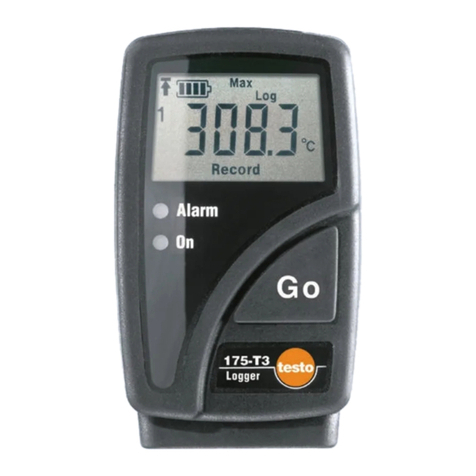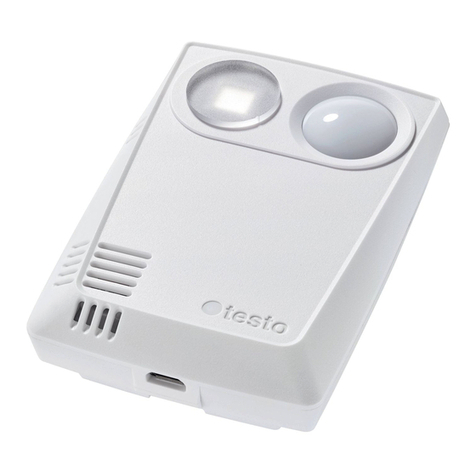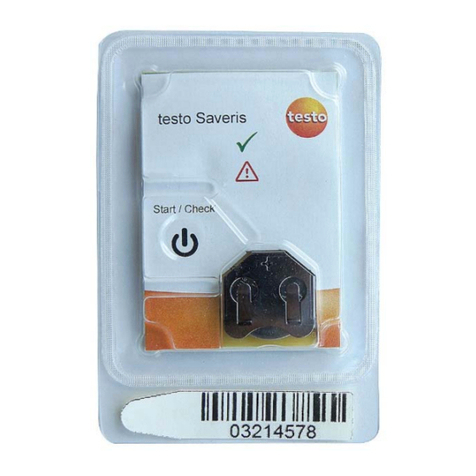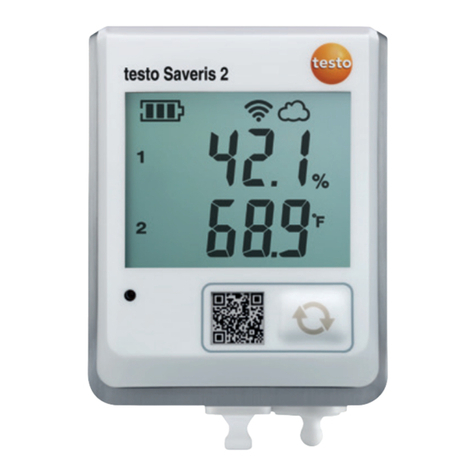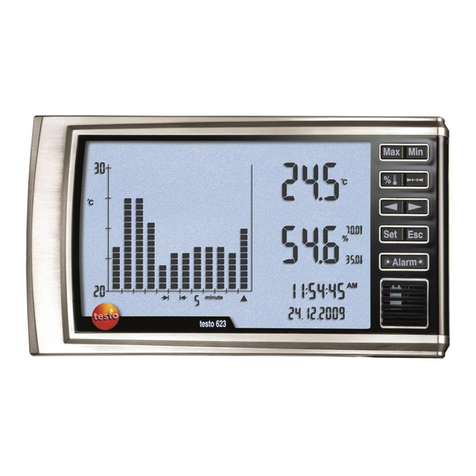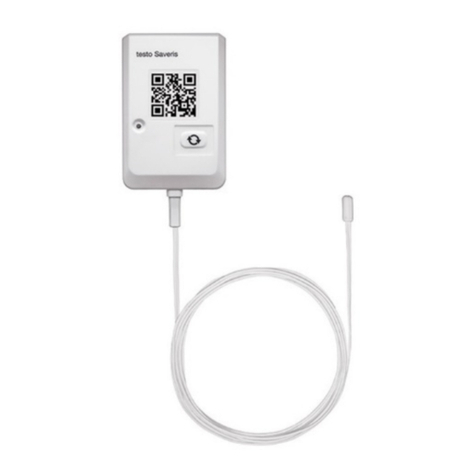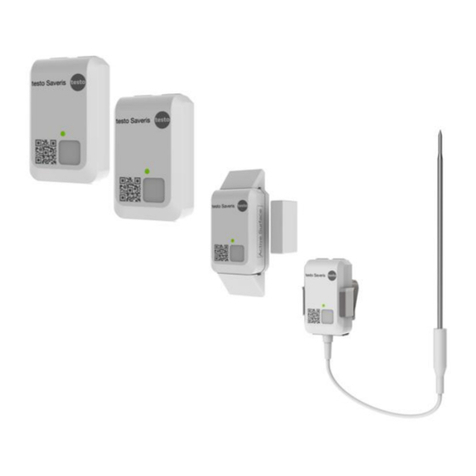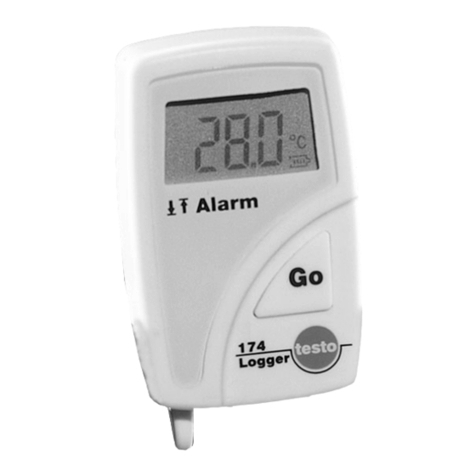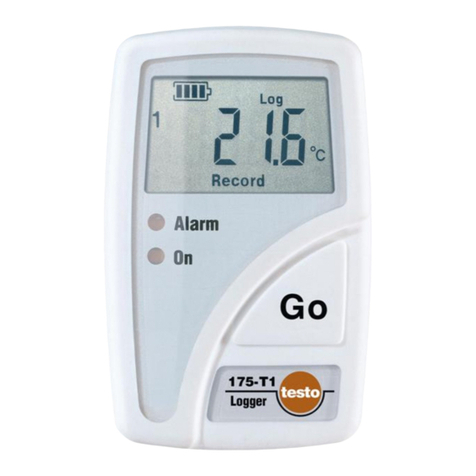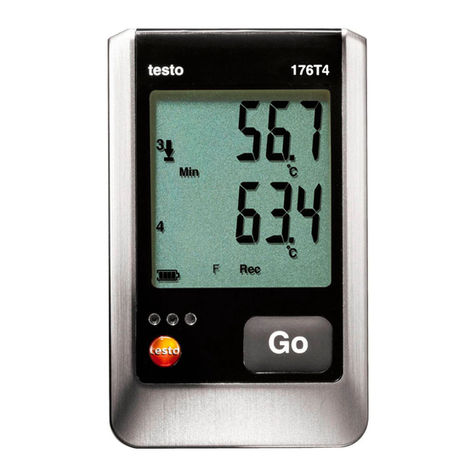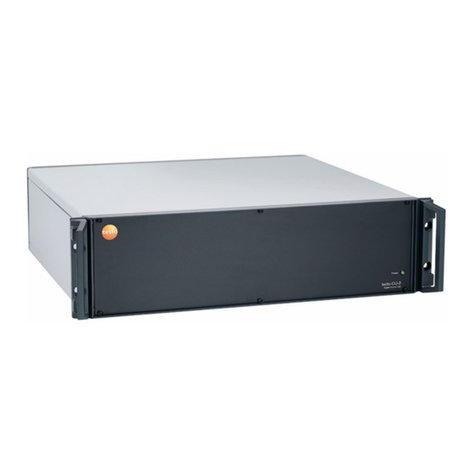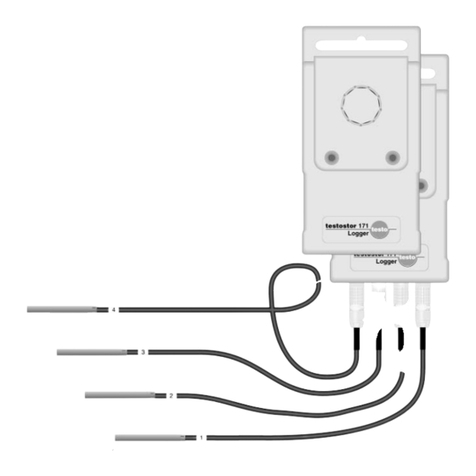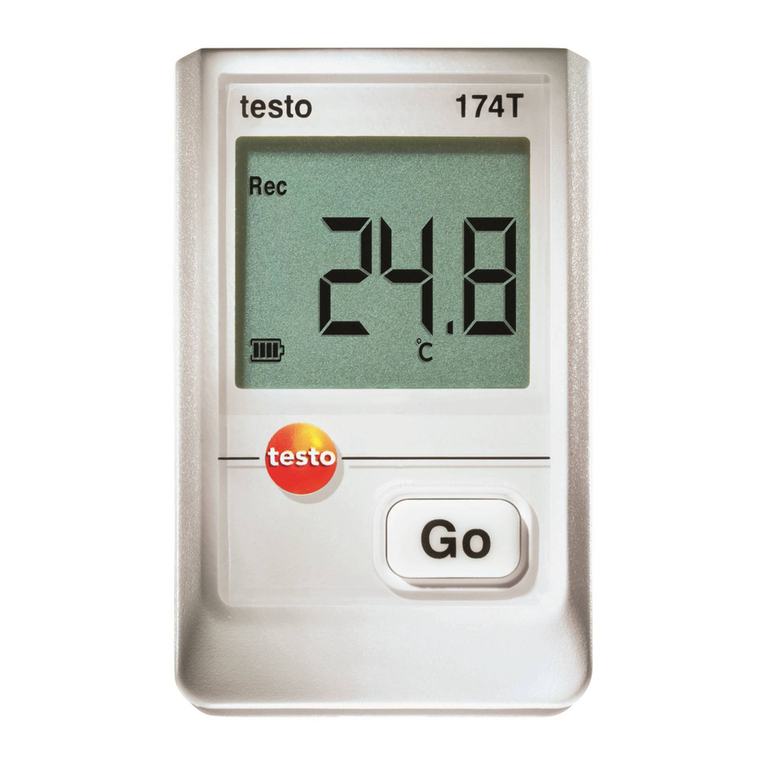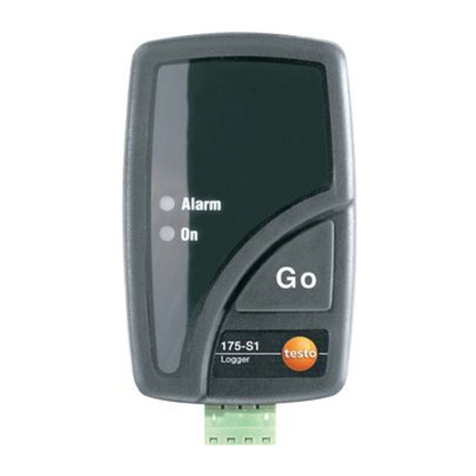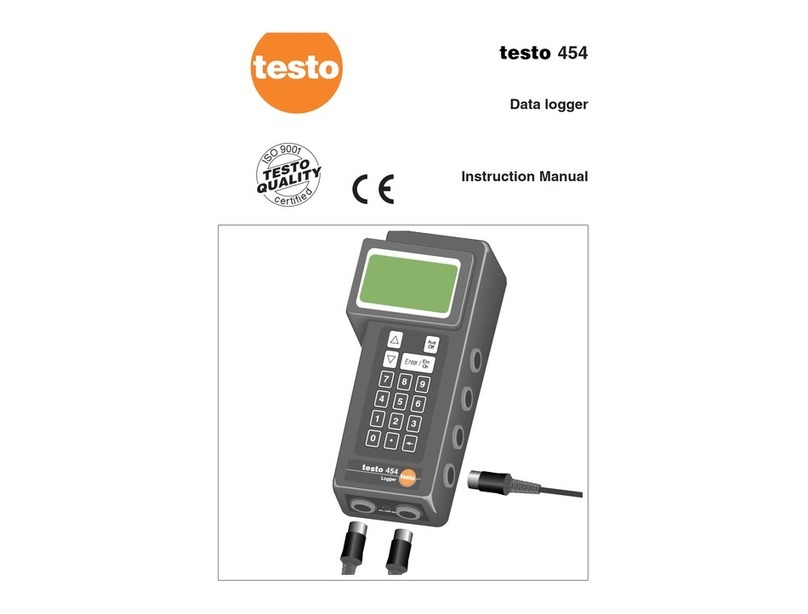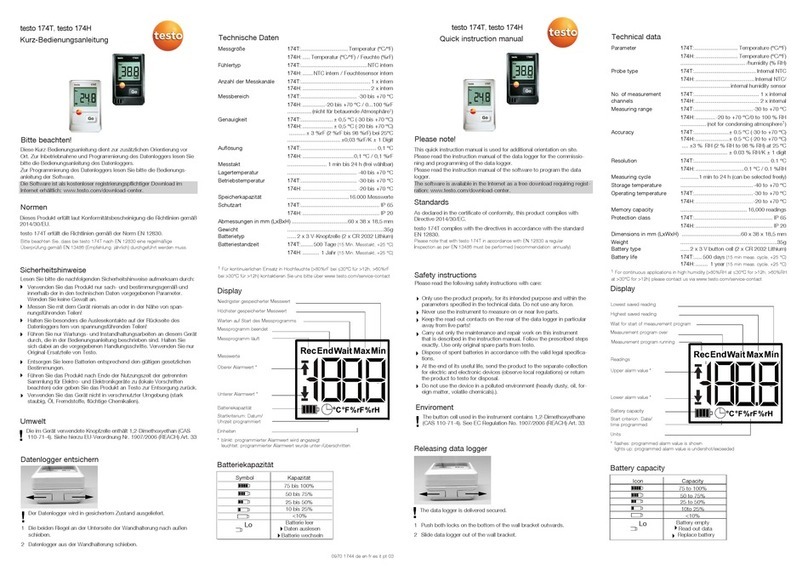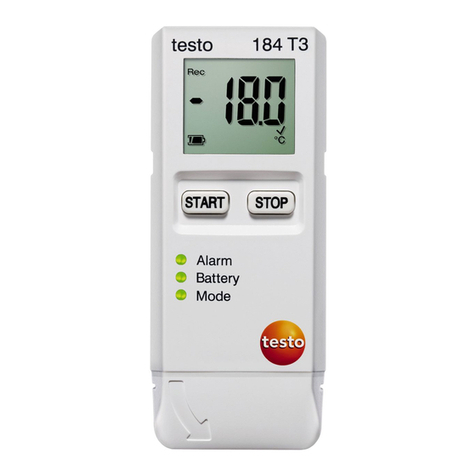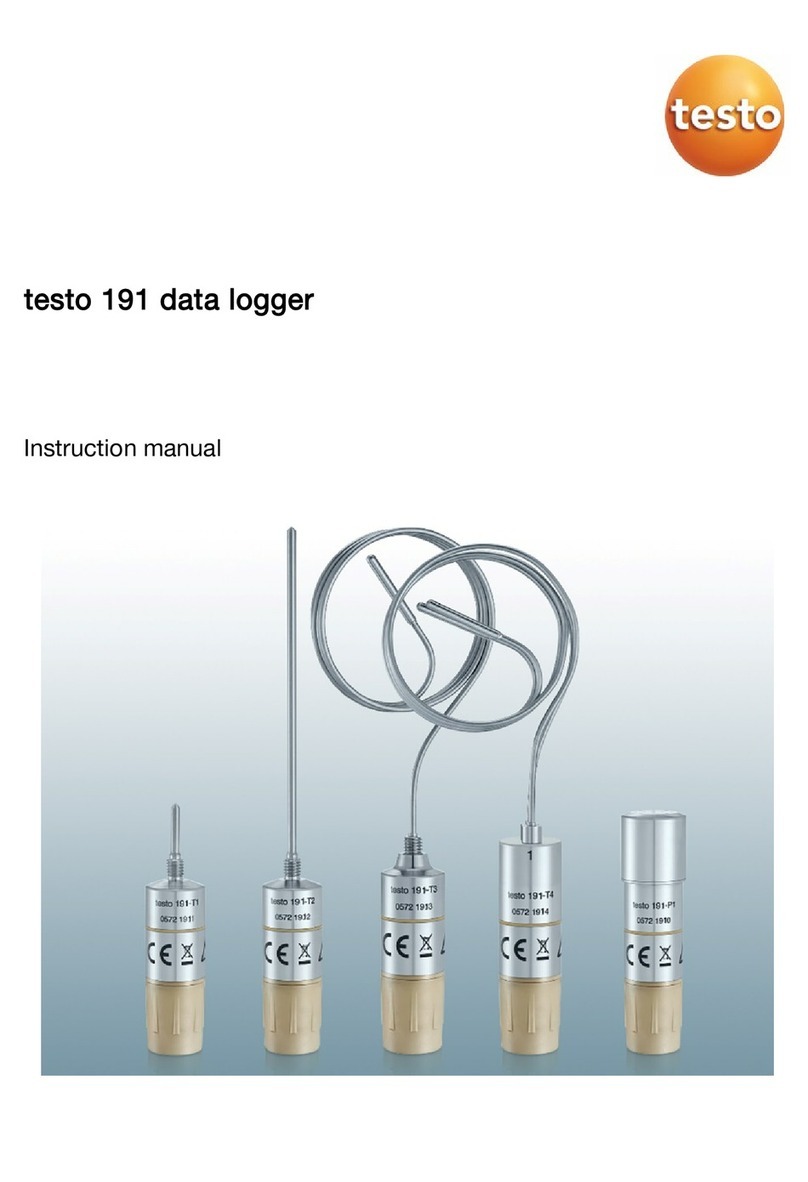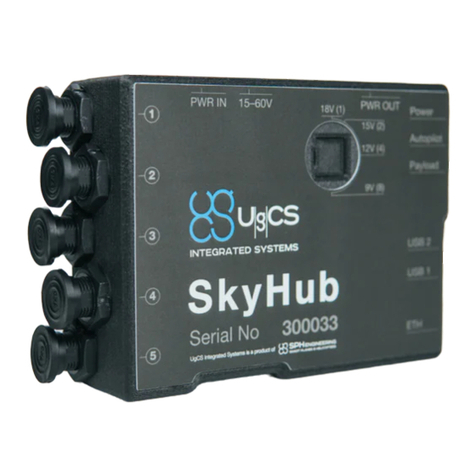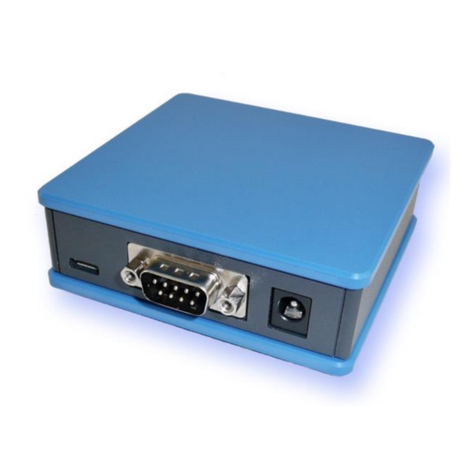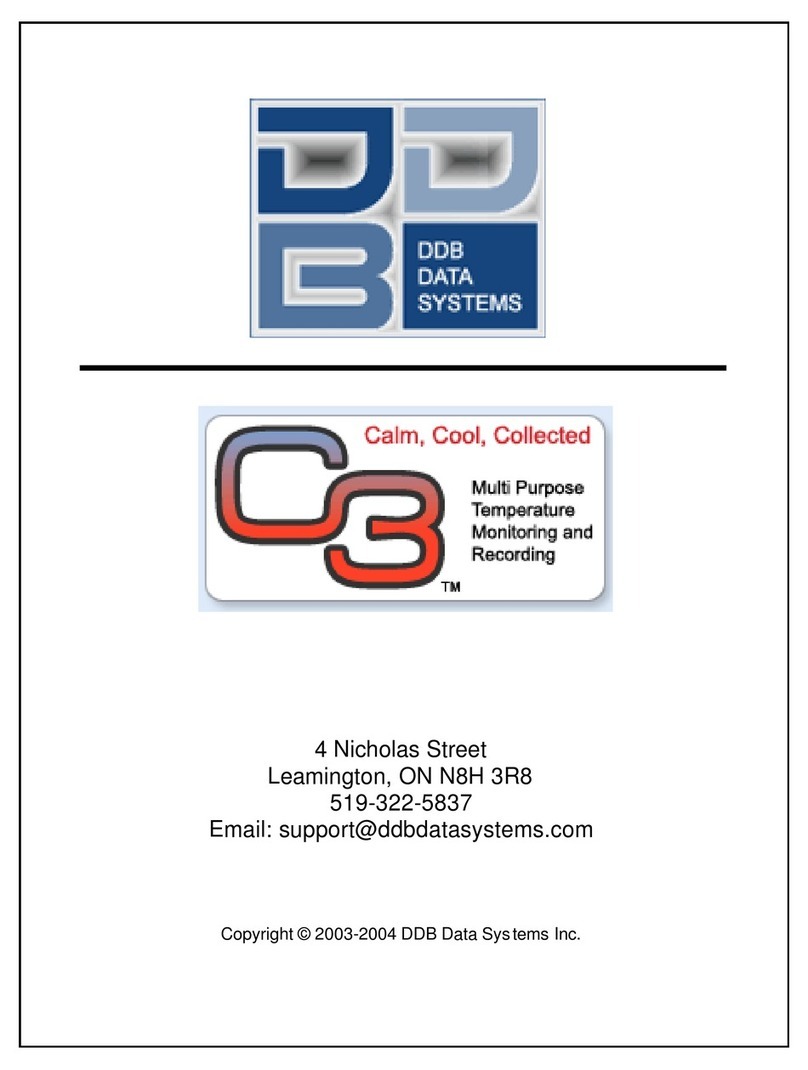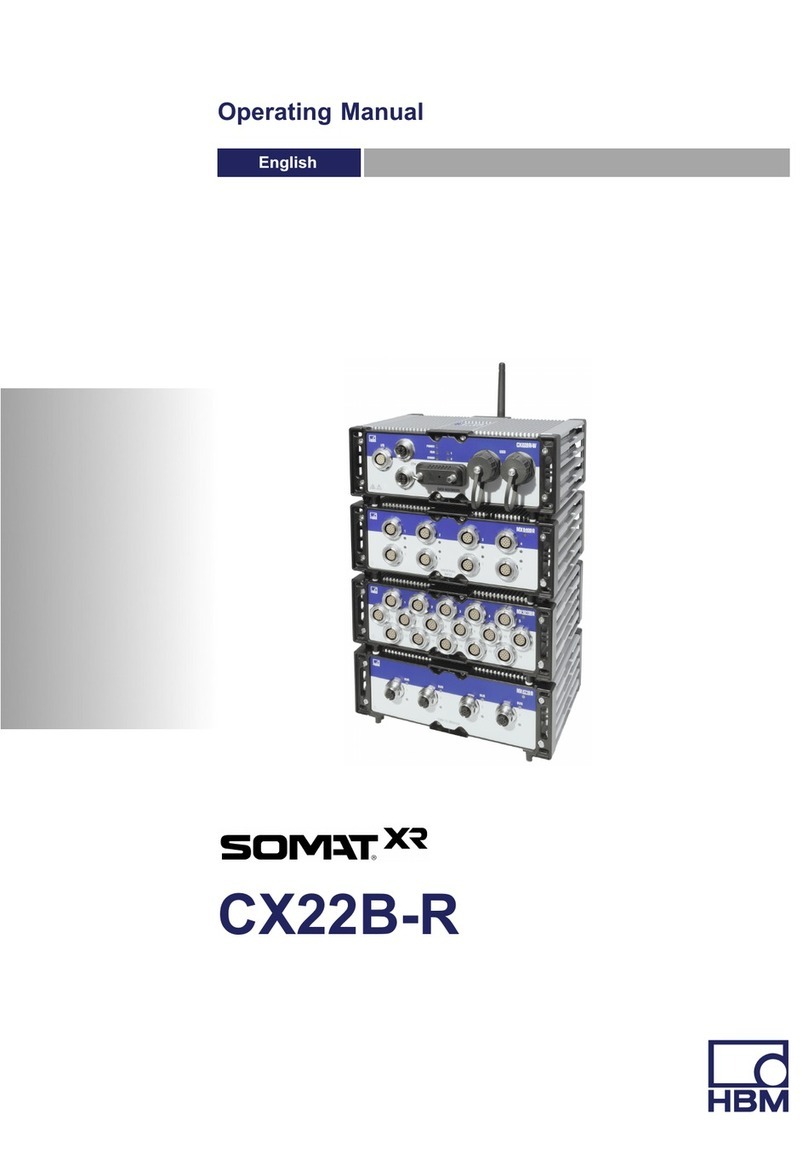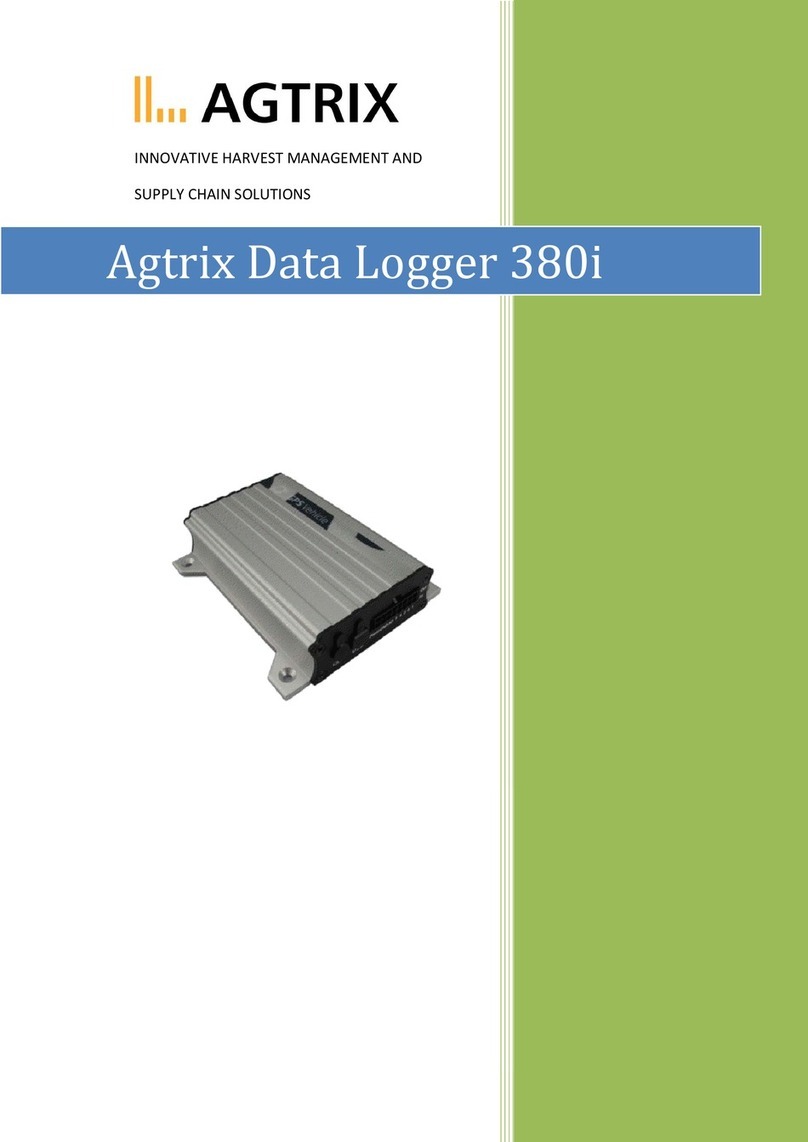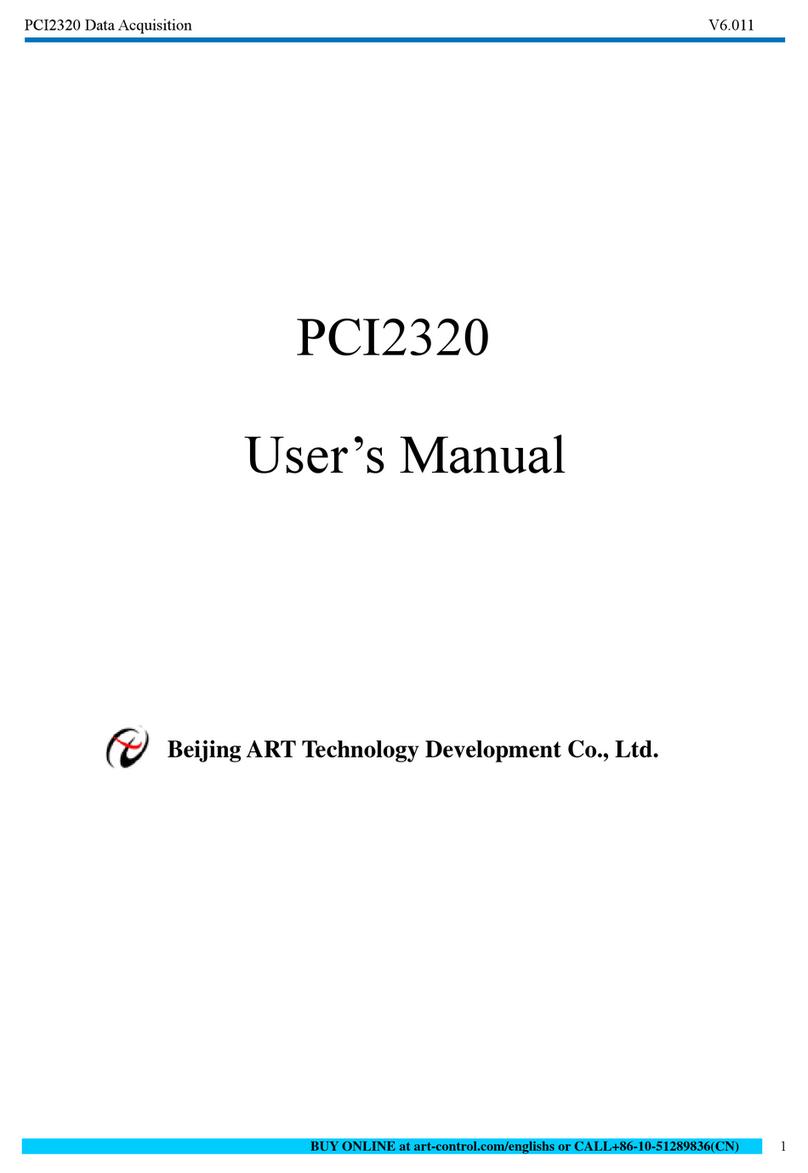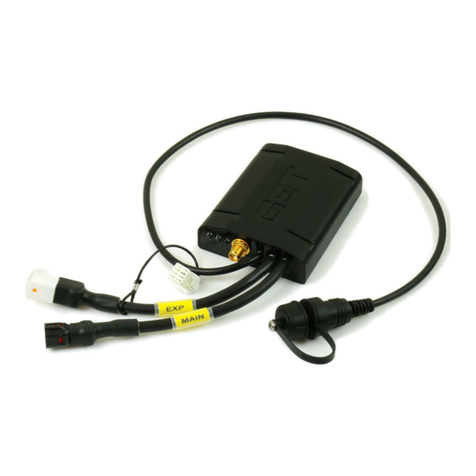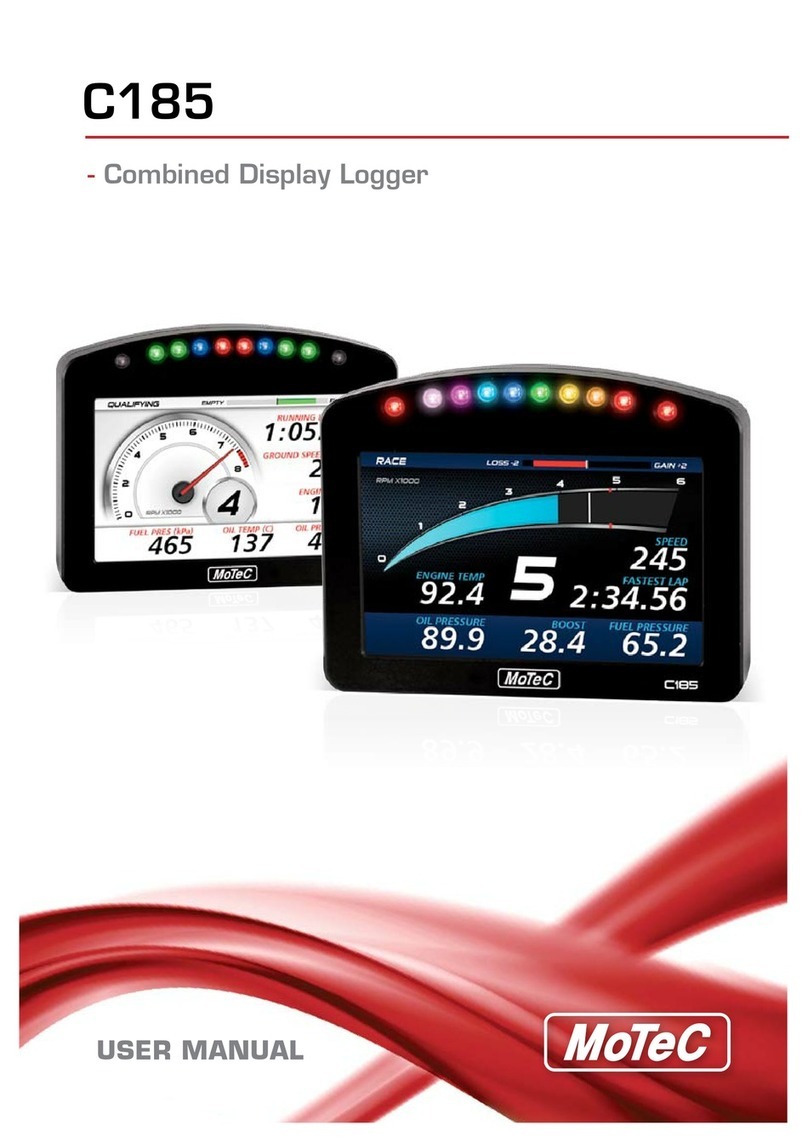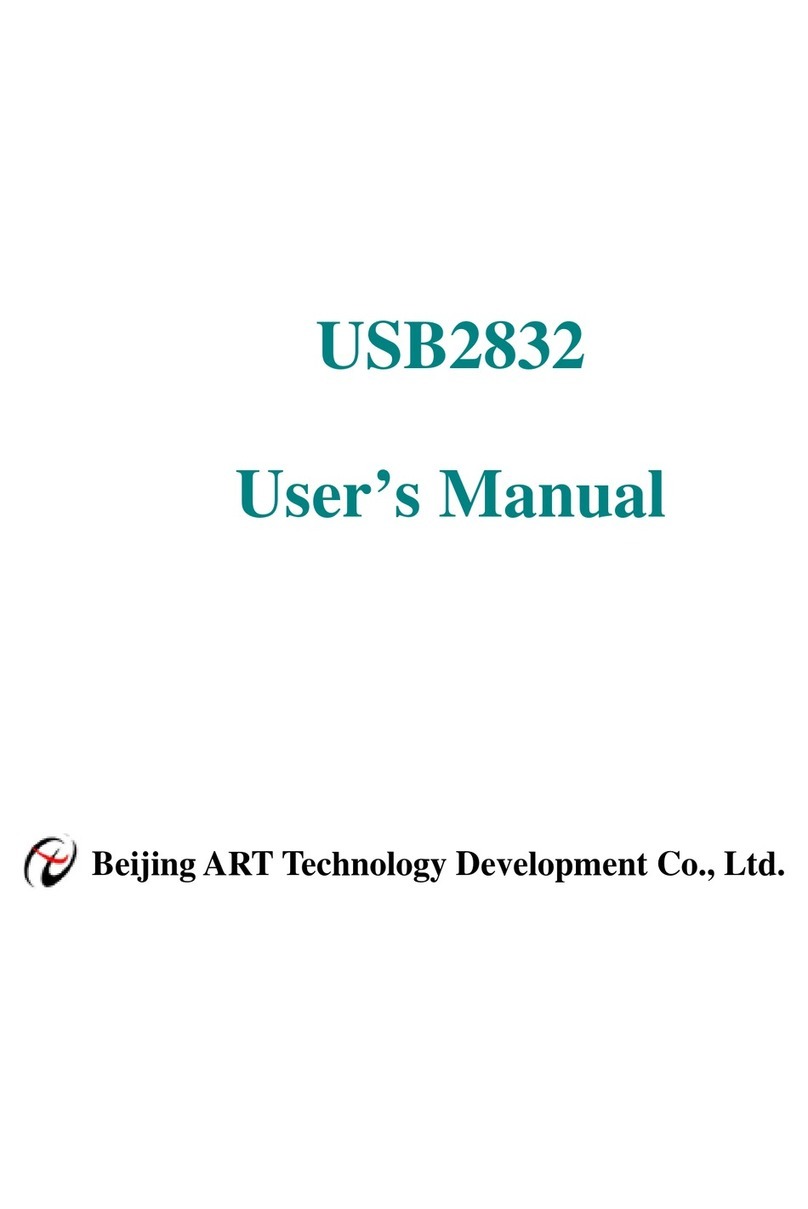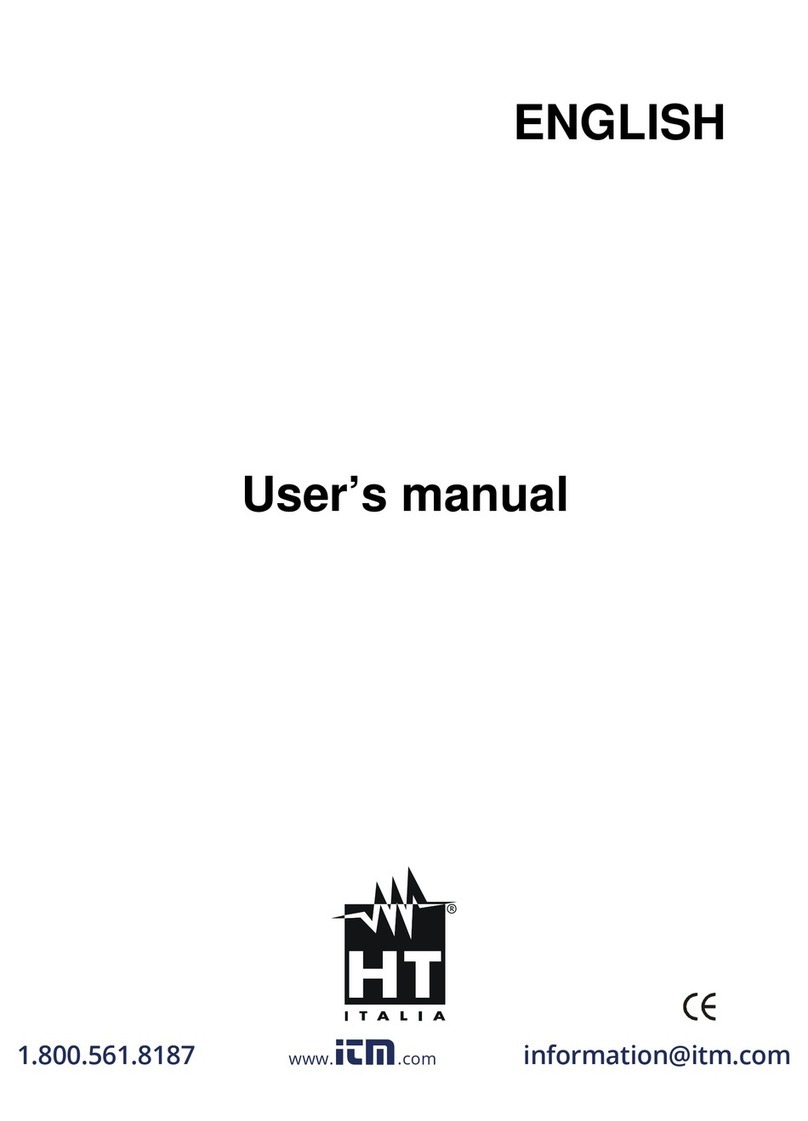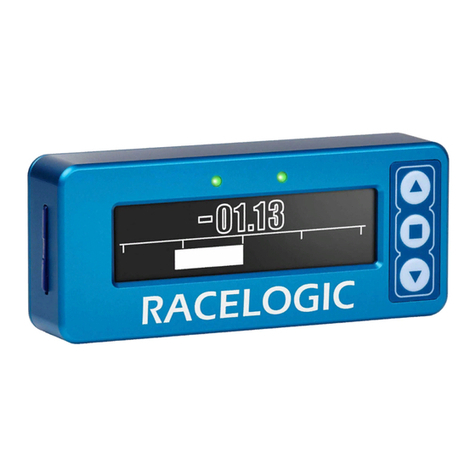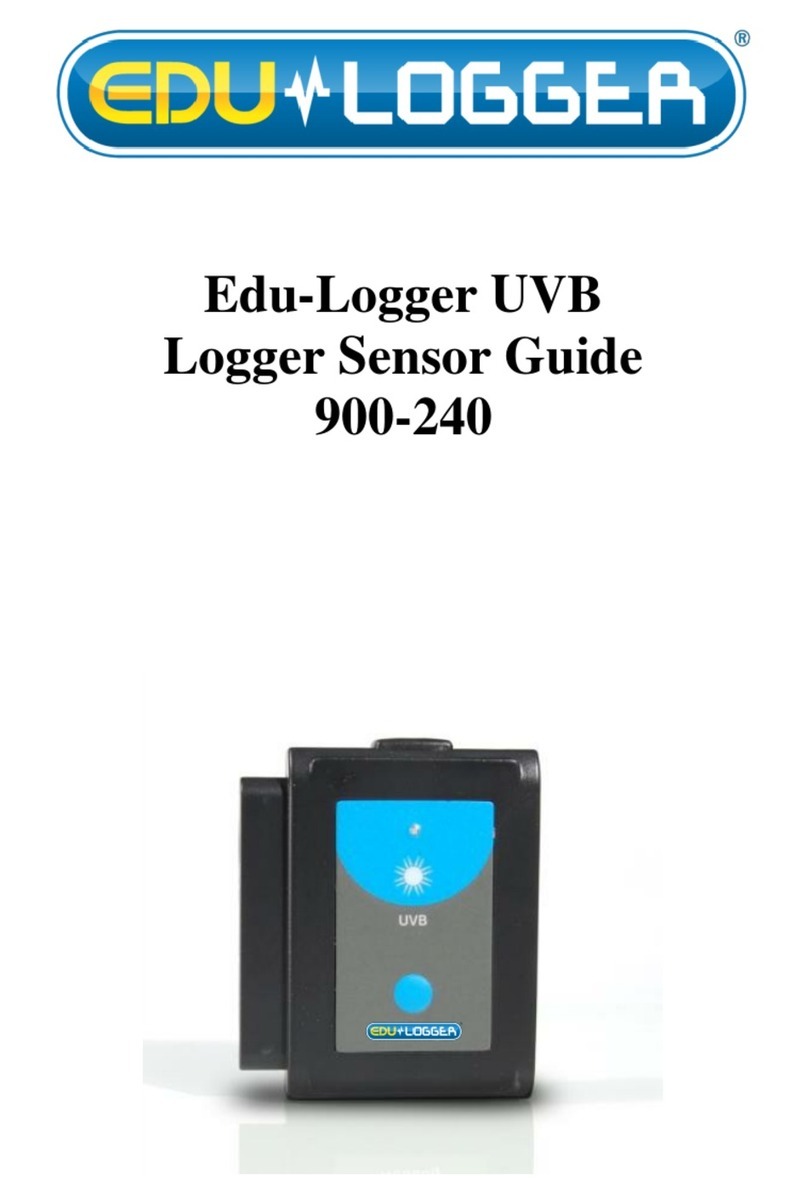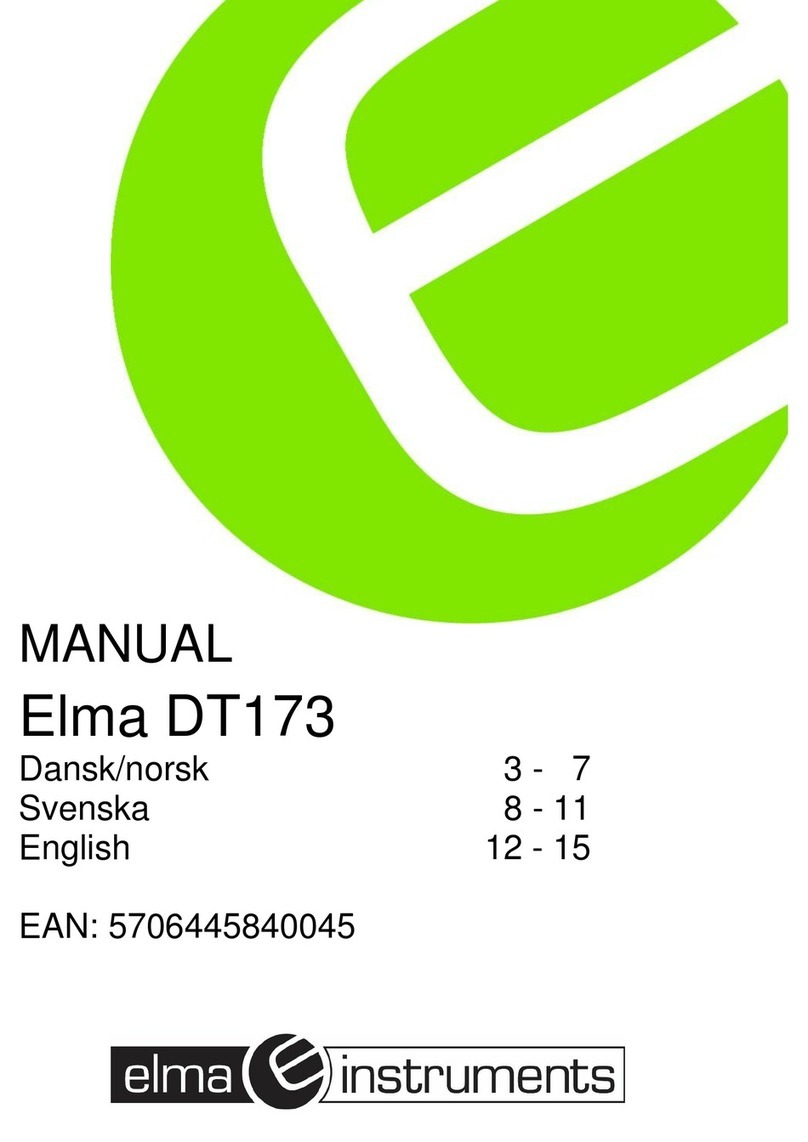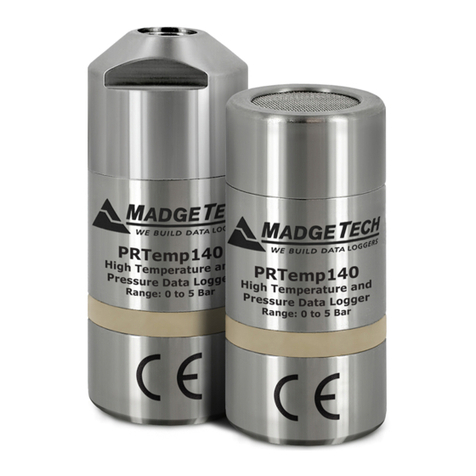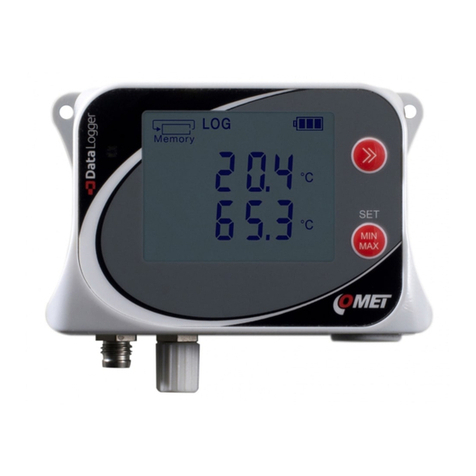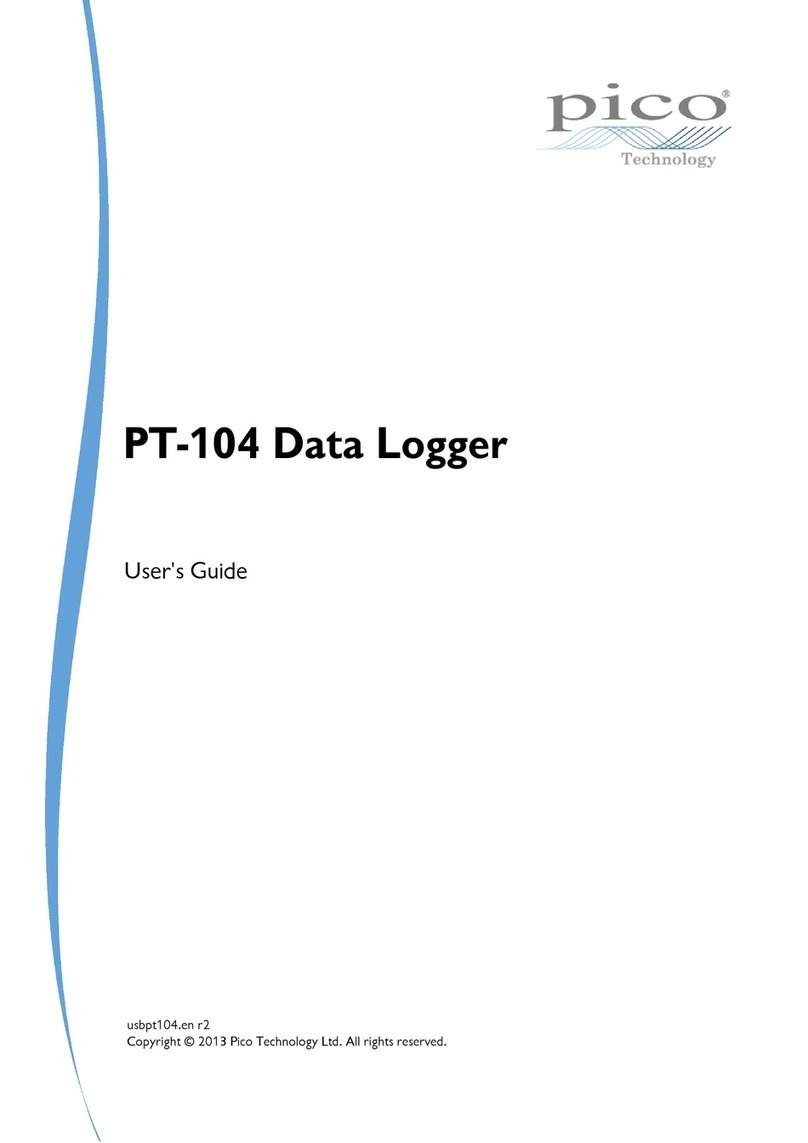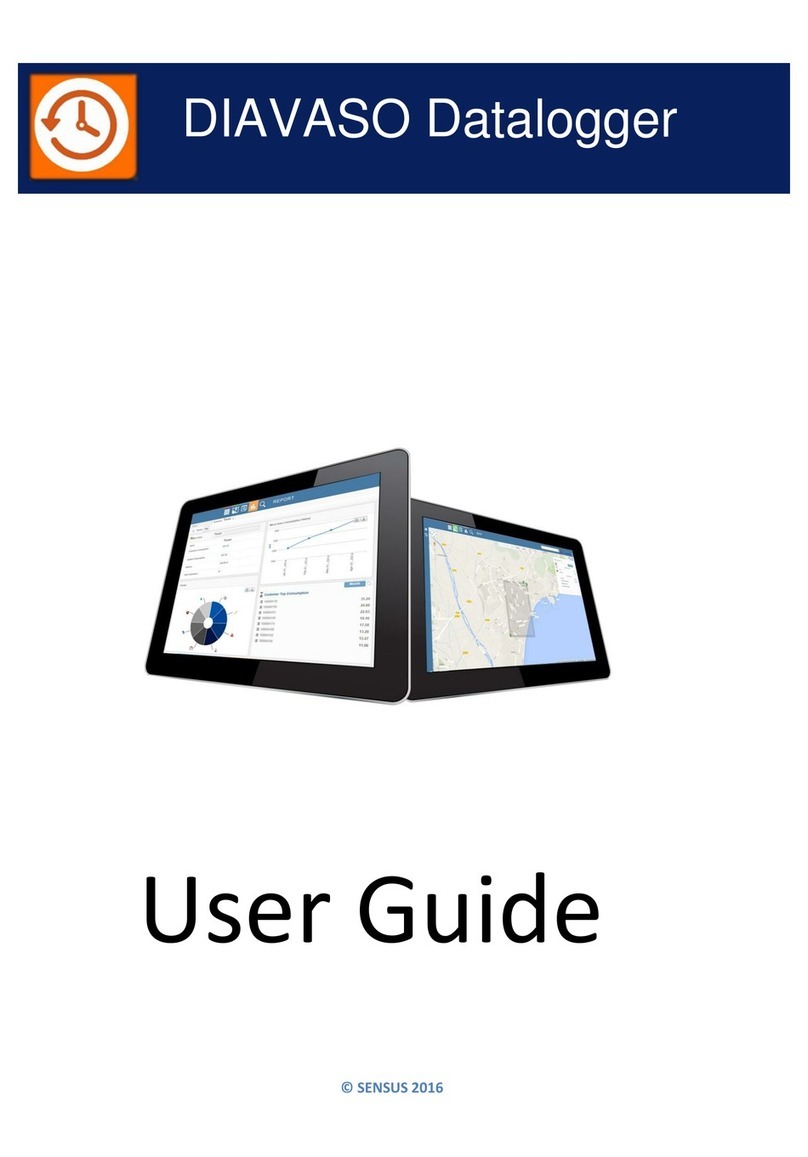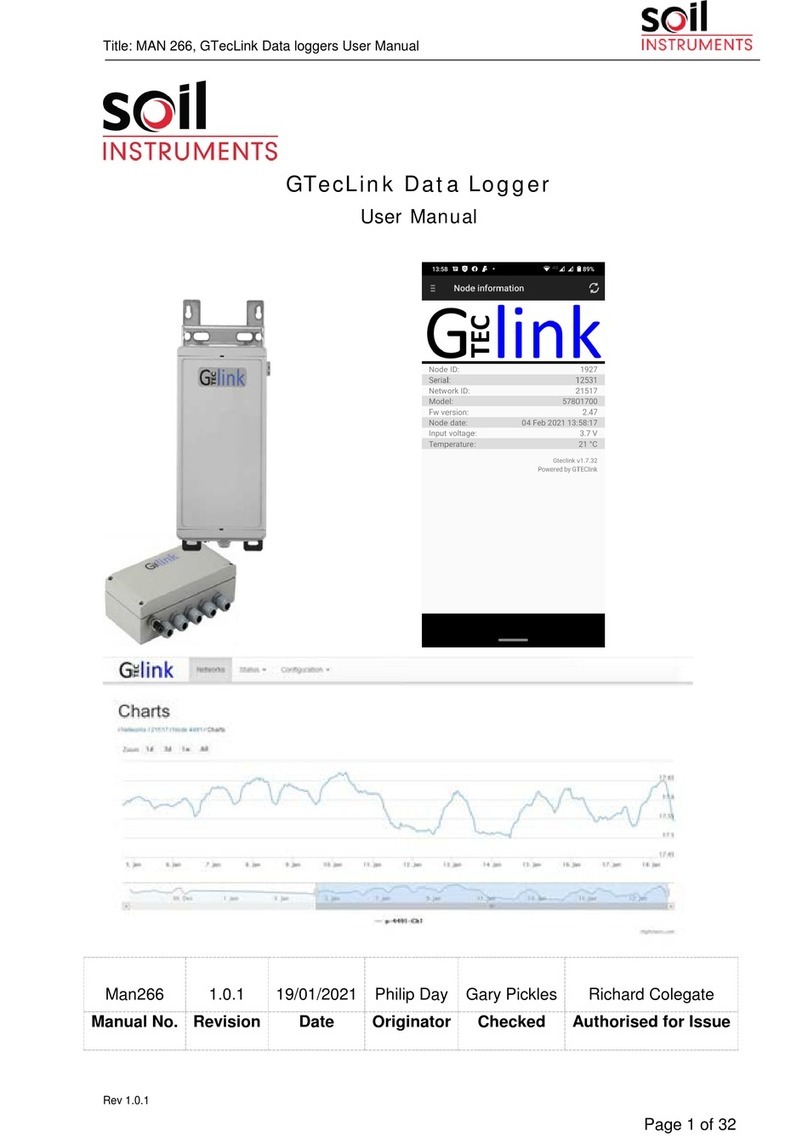1Safety and disposal
4
•Improper use of batteries may cause destruction of the batteries, injuries due
to current surges, fire or the escape of chemicals.
•Only use the battery supplied in accordance with the instructions in the
instruction manual.
•Do not charge batteries. Attempting to charge a non-rechargeable battery
may cause gas to be produced or heat to be generated. That may lead to
the escape of gases, an explosion and/or possibly to fire.
•Do not short batteries. If the positive (+) and negative (-) terminals of a
battery are directly connected to one another, the battery will be shorted. For
example, batteries can be shorted when you have them loose in your pocket
along with keys or coins. This may lead to the escape of gases and the
leakage of battery acid.
•Do not deform batteries. Batteries must not be squashed, drilled, dismantled,
pierced, modified or damaged in any other way. This may lead to the
leakage of battery acid, to the escape of gases and/or to an explosion.
•Do not heat batteries above the permitted temperature or burn them. If a
battery is heated, this may lead to the leakage of battery acid and/or to an
explosion. Lithium batteries can, for instance, react very strongly in
combination with fire. This may involve battery components being emitted
with considerable power.
•Do not consume battery, risk of burns due to hazardous substances. Keep
new and used batteries away from children.
•In principle, contact with escaping battery components may present a risk to
health and to the environment. Adequate body and breathing protection is
therefore required when in contact with batteries that have peculiar aspects
(escaping contents, deformations, discolourations, dents or the like).
•Do not leave batteries lying around loose once they have been unpacked. If
batteries that have been unpacked are left lying around loose, they can
easily short one another, particularly button cells. In some cases, this is very
dangerous because the batteries may heat up. This may lead to an
explosion.
•Always store batteries in a cool, dry place.
•Batteries must be disposed of in accordance with the local and country-
specific regulations. In order to prevent short circuits and the associated
heating, lithium batteries must never be stored unprotected in bulk.
Appropriate measures against short circuits are for instance inserting the
batteries into the original packaging or a plastic bag, masking the poles or
embedding them in dry sand.
•Lithium batteries must be transported and shipped in accordance with the
local and country-specific regulations.
•Do not expose the batteries to heavy impacts, water or fire.
•Only use the batteries in environments with a maximum temperature of
+140 °C.
